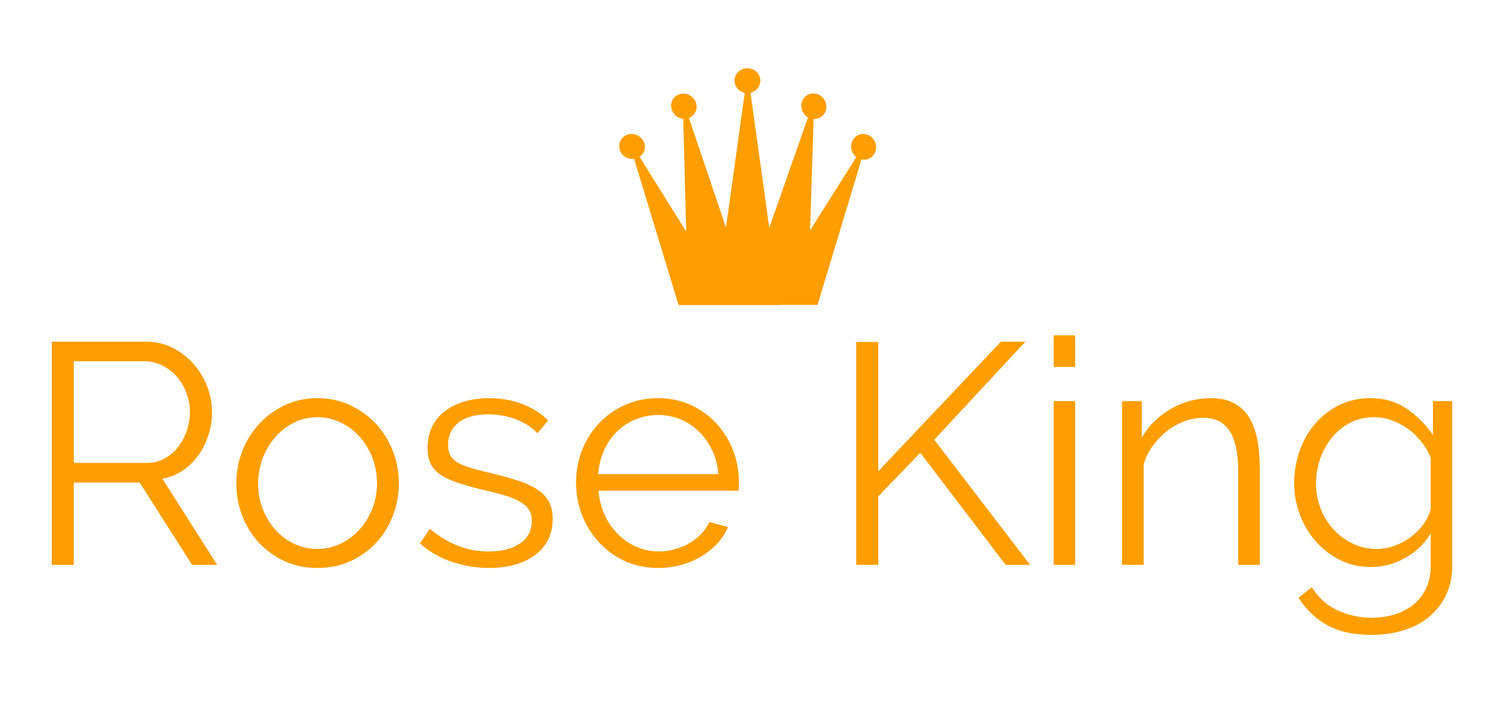In “Bad Writing Costs Businesses Billions,” Josh Bernoff talks about how much time we waste slogging through terrible writing at the office. He notes, “Poor writing creates a drag on everything you do. It functions like a tax, sapping your profits, and I can quantify it. American workers spend 22 percent of their work time reading; higher compensated workers read more.” Bernoff estimates this problem costs American businesses an astonishing $400 billion annually.
Unfortunately, bad writing often seeps into presentations as well. Consider how this speaker summarized her remarks:
“I have attempted here to socialize the personnel and financial resources needed to solve this pressing problem. I now respectfully ask for your endorsement of the proposed course of action so that we can operationalize it in coming weeks.” (Word count: 41)
If I were listening, I wouldn’t know what was being asked of me. Words like “socialize” and “operationalize” sound like committee-speak. That's a form of communication in which people are more interested in impressing co-workers than expressing an idea.
What if this speaker said this instead?
“I’ll close this afternoon by asking for your approval on this project. We have the resources lined up and the right people in place. We need the green light from you to move ahead.” (Word count: 34)
This ending is not only more concise, it’s easier to understand. And it is written in plain language defined as “communication your audience can understand the first time they read or hear it.” This definition, by the way, comes from Public Law 111, The Plain Writing Act of 2010, which urges government officials to write in ways that people can understand. (It’s amazing to me that the problem is so bad that we actually had to pass a law.)
How can we avoid jargon-filled, verbose writing? By using the Telephone Test, a simple tool I learned years ago from my smart colleagues at the US Air Force Academy. The Telephone Test means imagining how you’d say something on the phone.
How many times do you call your spouse and say, “After work, I’ll proceed to the aforementioned market for the items requested. Please inform me if additional items are needed.” I’m guessing never. Instead, you probably say, “I’ll pick up milk on the way home from work. Need anything else?”
The Telephone Test is an easy tool to help you communicate more clearly & concisely. [Photo Credit: rawpixel]
The Telephone Test helps ensure you’re using direct words, more pronouns, and simple sentence structure. I use it when I find myself writing an overloaded sentence (20+ words) or a long bullet point.
Another tool is plainlanguage.gov. Unlike some government websites, this one is easy to use and offers ample resources including examples, guidelines, and training.
Before you draft that next email or speak up at a meeting, review what you’ve prepared. Can you say it in a way that’s easier to understand? More crisp? More logical?
Bernoff found that we all waste a great deal of time at the office due to bad writing. By investing more time upfront, you’ll stand out and, even better, your co-workers will actually understand what you’re trying to say.
What tools do you use to communicate more clearly & concisely? I’d love to hear them. Email me at rose@rosespeechwriter.com.

![The Telephone Test is an easy tool to help you communicate more clearly & concisely. [Photo Credit: rawpixel]](https://images.squarespace-cdn.com/content/v1/56b15eefb6aa6091b8ce7fc2/1528761358908-A56NM0NBG8FZJS0A21NK/rawpixel-659505-unsplash.jpg)